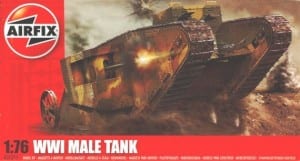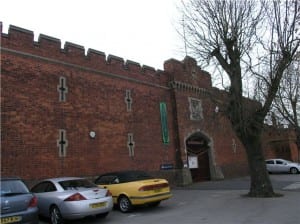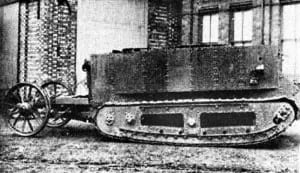Whilst developing our group’s piece at the Grandstand, we wanted to explore the relationship between the tank and its evolutionary roots. During the First World War, heavy haulage tractors were used to transport naval guns. The concept of the tank was first touched upon by Admiral Bacon in 1914 when he remarked, “If a machine could be capable of laying its own bridge, being equipped with means of offence and defence, it would be of assistance in trench warfare.” (( William Foster & Co (1920) The Tank: Its Birth And Development, Tee Publishing))
Before the invention of the tractor and the complete mechanisation of farming, horses were the farmers’ choice in work animals. They were used to pull ploughs and transport everything from carts of produce and raw materials to people and their tools. Other breeds of horses were bred for the purpose of entertainment, such as the racehorses that would have attracted the crowds to Lincoln’s own Grandstand.We wanted to show the relationship and transition between horse and machine in our performance piece. We felt it would create a stronger link with the site, through Lincoln’s rural setting and the role of the horse at work and in entertainment.
Continue reading “Horse: Nature’s Athlete, Tractor and T.A.N.K.”



